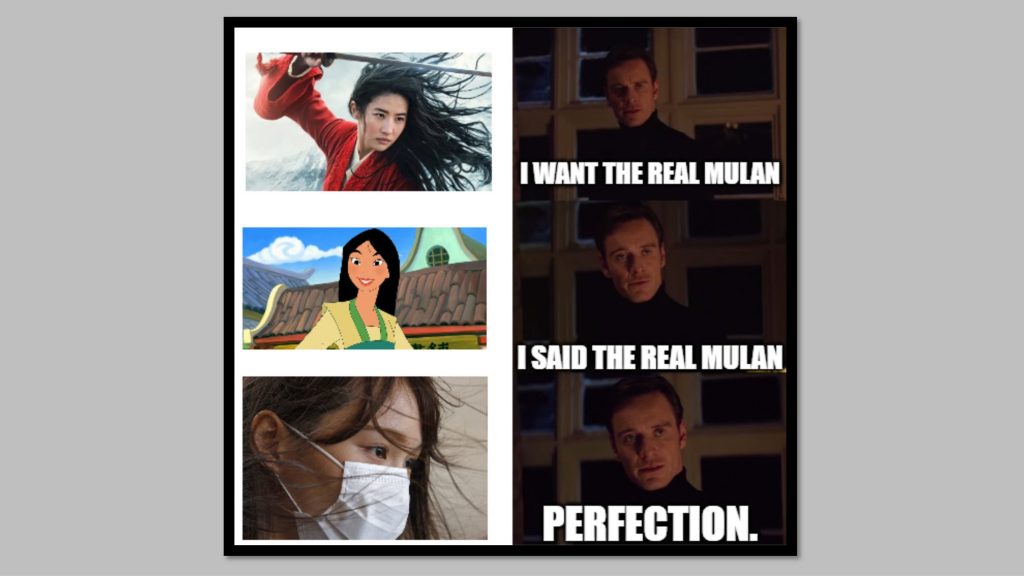I remember Milton Friedman, in an aside during his price theory class at Chicago, telling us that Leo Szilard used to walk up to him as he walked across campus, and articulately raise some issue in economics. Friedman was clearly impressed with the range of Szilard’s mind. My thought was ‘what’s the big deal about this guy Leo Szilard?’ Since then I have learned that he indeed was a big deal, at least for fans of the survival of Western civilization.
(p. 12) Fatefully, the Fermis sailed from Italy the same week that two Berlin radiochemists discovered nuclear fission.
That discovery was totally unexpected. In spring 1939, working at Columbia with the Hungarian physicist Leo Szilard, Fermi set out to answer a crucial question about it. Uranium atoms release a burst of energy when they fission, enough per atom to make a grain of sand visibly jump. But what then? Was there a way to combine those individual fissions, to turn a small burst into a mighty roar?
Szilard, ever-resourceful, acquired hundreds of pounds of black, greasy uranium-oxide powder from a Canadian mining corporation. Fermi and his students packed the powder into pipe-like tin cans and arranged them equally spaced in a circle within a large tank of water mixed with powdered manganese. At the center of the arrangement they placed a neutron source.
Neutrons from the source, slowed down by the water, would penetrate the uranium atoms in the cans and induce fissions. If the fissioning atoms released more neutrons, those “secondary” neutrons would irradiate the manganese. Measuring the radioactivity induced in the manganese would tell Fermi if the fissions were multiplying. If so, then a chain reaction might be possible, one bombarding neutron splitting a uranium atom and releasing two neutrons, those two splitting two other uranium atoms and releasing four, the four releasing eight, and so on in a geometric progression that could potentially produce vast amounts of energy for power — or for an atomic bomb. The experiment worked.
For the full review, see:
(Note: italics in original.)
(Note: the online version of the review has the date Jan. 24, 2018, and has the title “A Remarkable Man Among Remarkable Men and Women.”)
The book under review is:
Schwartz, David N. The Last Man Who Knew Everything: The Life and Times of Enrico Fermi, Father of the Nuclear Age. New York: Basic Books, 2017.


